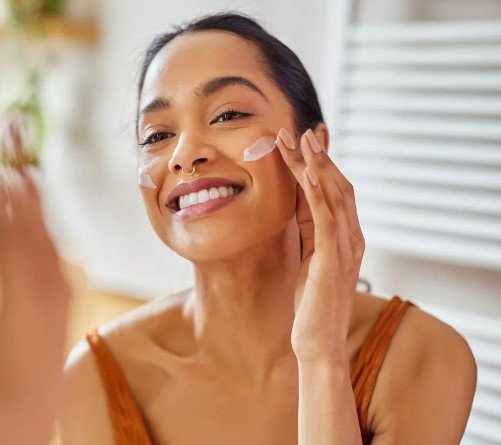Insights into Trending Sunscreen Filters in U.S. Skin Care Products
Summary:
- Sunscreen filters play a crucial role in protecting the skin from harmful UV rays
- The distribution of different sunscreen filters in U.S. skin care products varies, with some filters being more popular than others
- Industry data and statistics provide insights into the trends and preferences in sunscreen filter usage
Sunscreen is a crucial component of any skincare routine, as it helps protect the skin from the damaging effects of UV radiation. UV rays can cause a range of skin issues, including sunburn, premature aging, and even skin cancer. Sunscreen filters are the active ingredients in sunscreen that help to block or absorb UV rays, preventing them from penetrating the skin.
The Distribution of Sunscreen Filters in U.S. Skin Care Products
According to the latest industry data, the distribution of different sunscreen filters in U.S. skin care products varies widely. Some of the most commonly used sunscreen filters in the U.S. include:
- Avobenzone
- Octocrylene
- Octinoxate
- Oxybenzone
- Homosalate
- Octisalate
- Ensulizole
- Octisalate
Avobenzone
Avobenzone is one of the most widely used sunscreen filters in the U.S. It is known for its broad-spectrum protection against both UVA and UVB rays. Avobenzone is a popular choice for many consumers because of its effectiveness and stability in sunscreens.
Octocrylene
Octocrylene is another popular sunscreen filter that is commonly used in U.S. skin care products. It is known for its ability to absorb UVB rays and provide protection against sunburn. Octocrylene is often used in combination with other sunscreen filters to enhance the overall protection provided by a sunscreen.
Octinoxate
Octinoxate is a widely used sunscreen filter that is known for its ability to absorb UVB rays. It is commonly found in many U.S. sunscreens due to its effectiveness in protecting against sunburn. Octinoxate is often used in combination with other sunscreen filters to provide broad-spectrum protection against both UVA and UVB rays.
Industry Trends and Preferences
Industry data and statistics provide valuable insights into the trends and preferences in sunscreen filter usage. According to a recent survey, consumers in the U.S. are increasingly seeking sunscreens that offer broad-spectrum protection against both UVA and UVB rays. This has led to a rise in the popularity of sunscreens that contain a combination of different sunscreen filters to provide comprehensive sun protection.
In addition, there is a growing demand for sunscreens that are formulated with reef-safe ingredients. This has led to an increase in the use of mineral sunscreen filters such as zinc oxide and titanium dioxide, which are considered safe for coral reefs and marine ecosystems.
Overall, the distribution of different sunscreen filters in U.S. skin care products is influenced by a variety of factors, including consumer preferences, regulatory requirements, and industry trends. By staying informed about the latest industry data and statistics, consumers can make informed choices about the sunscreen products they use to protect their skin.

Disclaimer: The content provided on this blog is for informational purposes only, reflecting the personal opinions and insights of the author(s) on the topics. The information provided should not be used for diagnosing or treating a health problem or disease, and those seeking personal medical advice should consult with a licensed physician. Always seek the advice of your doctor or other qualified health provider regarding a medical condition. Never disregard professional medical advice or delay in seeking it because of something you have read on this website. If you think you may have a medical emergency, call 911 or go to the nearest emergency room immediately. No physician-patient relationship is created by this web site or its use. No contributors to this web site make any representations, express or implied, with respect to the information provided herein or to its use. While we strive to share accurate and up-to-date information, we cannot guarantee the completeness, reliability, or accuracy of the content. The blog may also include links to external websites and resources for the convenience of our readers. Please note that linking to other sites does not imply endorsement of their content, practices, or services by us. Readers should use their discretion and judgment while exploring any external links and resources mentioned on this blog. Content in this blog is copyright protected, please do not repost or embed content without prior written permission.